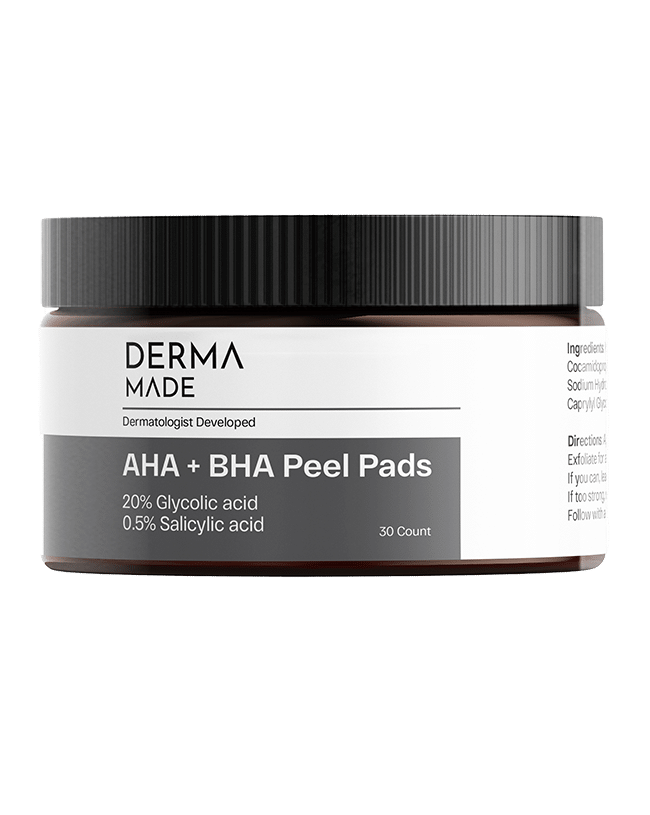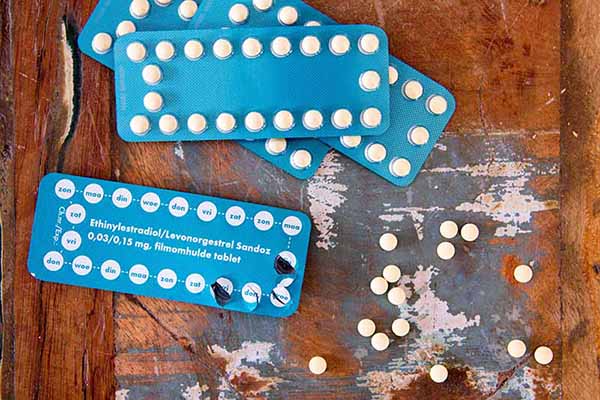Everytime you catch a glimpse in a mirror, your face looks shiny and your makeup is smeared. But you know that your face was only freshly washed hours ago. So you’re left wondering, “Why is my skin so oily and how can I fix that?”
Sometimes too much of a good thing is bad. Skin naturally produces an oil called sebum. Sebum lubricates and protects your skin. But when there’s too much of it, not only does your makeup run, but the additional mixes with dirt, SPF, makeup and bacteria, leading to breakouts.
All skin produces oil, but combination and oily skin types produce more. Combination skin types produce more oil in the T-zone, while oily and acne-prone skin types produce more oil all over.
Why Is My Skin So Oily?
The simple answer is that skin is so oily due to the overproduction of sebum. But why would your body be producing too much sebum? Below is a list of some of the most common reasons.
- Diet. One study showed that a high glycemic diet, a diet high in carbs and sugars, impacted and increased skin oil production. Red meat and dairy also contribute to congested skin and an increase in oil production.
- Genetics. It tends to run in families. If your relatives, especially your parents, had oily skin and overactive sebaceous glands chances are you will too.
- Stress. It has long been thought that there is a connection between stress and stress breakouts, i.e. oily skin, and studies now prove that theory correct. When you feel stressed or anxious, your body produces a hormone called cortisol. Cortisol is important for your health, but too much means that your body’s oil glands go into overdrive, producing extra oil.
- Hormones. One of the main reasons your skin produces more oil is hormone changes. The most common hormonal changes occur in puberty and adolescence. Puberty and teenage years. Yes, those years when your body is undergoing massive hormonal shifts, leading to adulthood. Puberty means an increase in many different hormones including testosterone and estrogen. Hormones increase the production of oil, meaning oilier skin, breakouts and even acne.
How to Get Rid of Oily Skin
Specific skincare routine
The best skin care for oily skin is twice daily consistent gentle cleansing and exfoliating.
- Gentle cleanser. Gentle cleansing is a must to remove the excess build up of oil, dead skin cells and any makeup or dirt. One of your best choices is using an oil cleanser. Oil cleansers remove both water based and oil based products. They are applied to dry skin, where they melt away makeup, dirt and SPF. Even though the cleanser is mostly made of oils, it won’t add oil to the skin.
- If you feel like you’re battling heavier oil production, you may want to try a double cleanse with gentle products. The first round is with an oil cleanser, followed by a second wash with a foaming cleanser.
- Exfoliate with glycolic acid. Oily skin tends to trap the build up of dead skin cells at the surface. This leads to more breakouts. Glycolic acid is a gentle and effective way to remove any remaining dirt, makeup, oil and dead skin cells from the skin.
- How often. Exfoliate your skin 3-4x a week.
- Moisturize. Yes, you still need to moisturize.
- Why? If your skin becomes too dry that means the body will produce more oil. Which undermines all the hard work you’re trying to do to control your oily skin.
- Retinoid. There’s nothing better for oily skin than retinoids. They reduce oil production, facilitate skin cell turnover, leaving fresher, newer skin at the surface. Plus, retinoids help reduce inflammation. But using retinoids means your skin becomes more UV sensitive. Adding a daily sunscreen, SPF, is a must.
- SPF. Everyone needs SPF everyday. Oily skin benefits from SPF. It protects the skin from sun damage. Unprotected exposure to the sun can increase oil production.
Now you can rest assured that these remedies help reduce your oily skin. Whatever steps you decide to take to get rid of oily skin, remember glowing healthy skin is a long game. Be patient with yourself and your skin. Your skin will tell you what’s working and what’s not.







